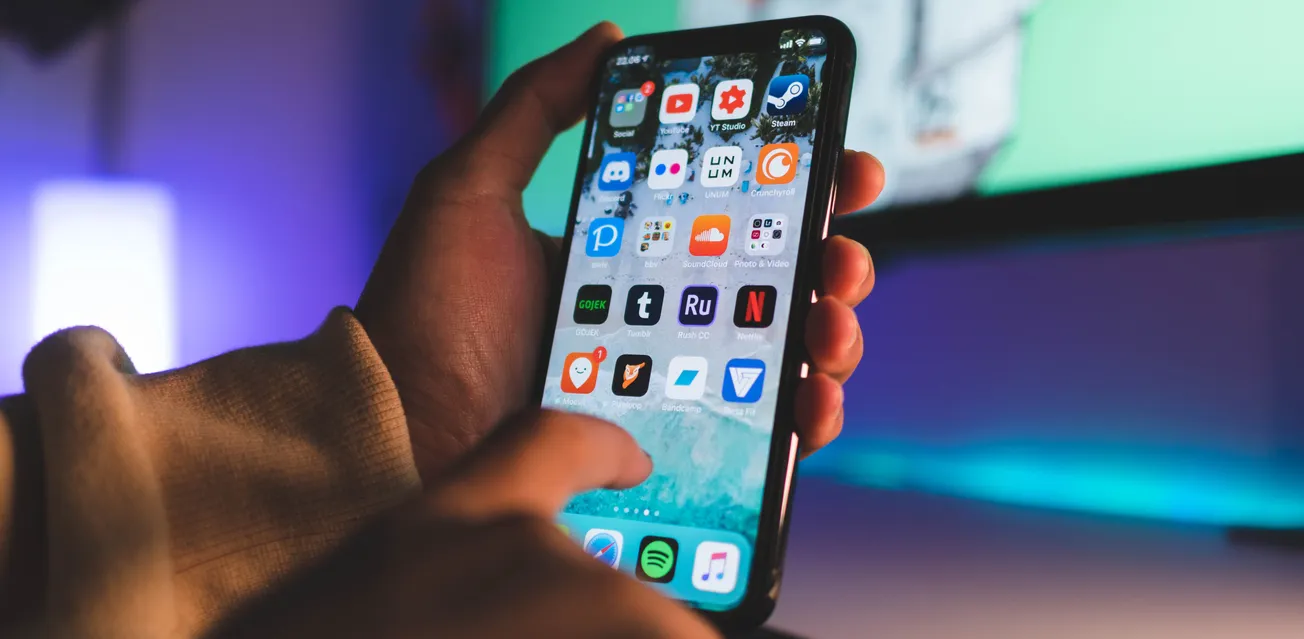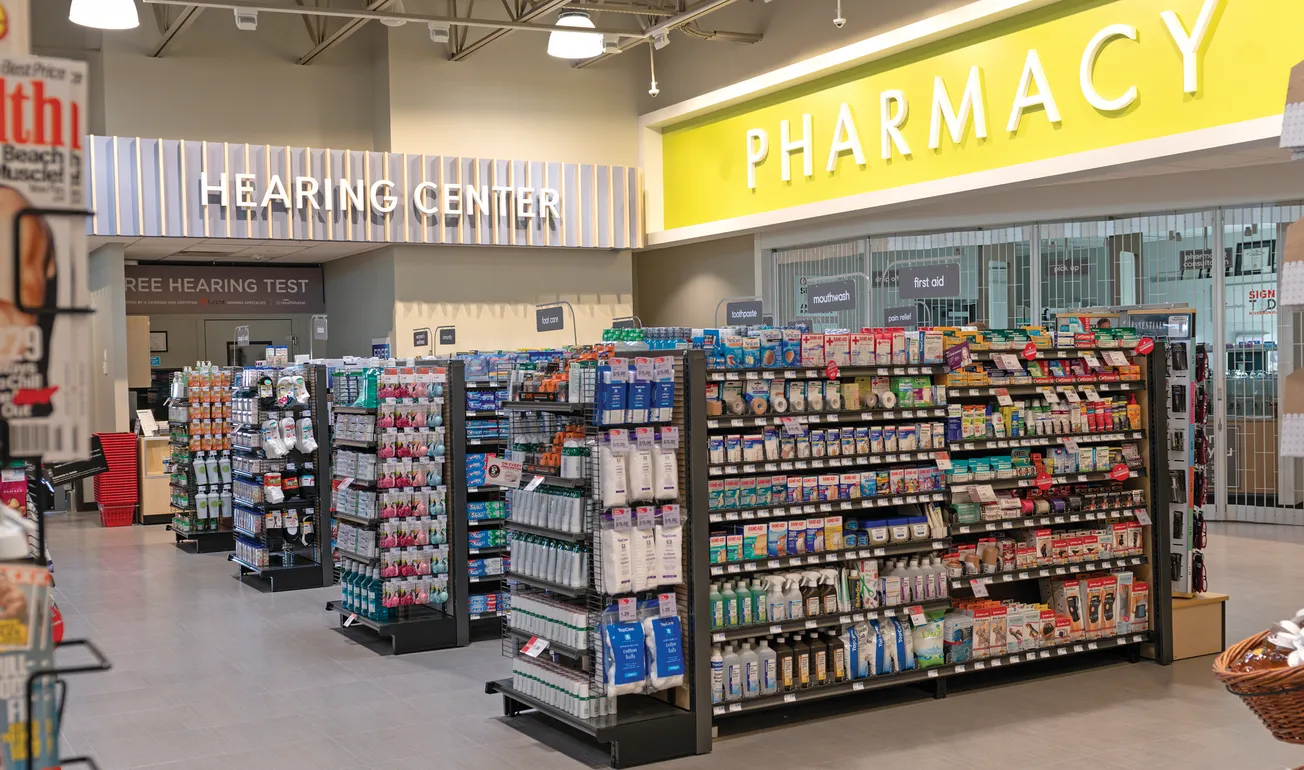
Dave Wendland
At the same time mindsets have shifted toward taking care of one’s personal health and wellness, the natural space has expanded and a variety of purported “better for you” and “free from” products have emerged in food, health, beauty, wellness and other lifestyle categories. As this trend toward self-care becomes a focus of more consumers, brands and retailers have a unique opportunity to collaborate on meeting the needs of empowered “do it yourself” consumers.
Do it yourself (DIY) certainly did not begin in consumer health care, but it is catching on like wildfire across the industry. According to American Quarterly (1997), the term “do it yourself” has been associated with consumers since at least 1912, primarily regarding home improvement and maintenance activities. The phrase came into common usage by the 1950s, according to Interior Design and Identity (2004), as people began undertaking home improvement and various other small craft and construction projects for creative, recreational and cost-saving purposes. DIY is currently defined as the method of building, modifying or repairing things without the direct aid of experts or professionals — a definition that certainly sounds apropos to self-care.
Today DIY could be associated with numerous activities extending far beyond home improvement. Consider self-publishing trends, self-directed banking, at-home tax preparation, legal document preparation and even homeschooling. For purposes of this article, let’s examine what DIY looks like when it comes to health care in four areas: diagnostics, prevention, management and caregiving.
In the area of diagnostics, consider the value of mobile medical technology in patients’ hands. A 2015 Health Research Institute report shows DIY health care as the top issue facing the industry. Although the report cited physician skepticism, the majority of physicians now report that they are comfortable using health apps to access patient data.
The possibilities for DIY in self-diagnostics seem endless and very promising. Here are a few examples.
Smartphone-enabled sight diagnostics are emerging, including the Food and Drug Administration-approved myVisionTrack, a monitoring app to help patients with degenerative eye diseases track their conditions from home. The app relays results directly to an eye doctor for interpretation and remote diagnostics.
Researchers at UCLA, meanwhile, have built a device to detect albumin levels in a patient’s urine. The device shines light at a urine sample mixed with fluorescent dye; a smartphone app processes the light to detect albumin concentration and then transfers the results to the doctor — a promising breakthrough in the treatment for patients with diabetes.
Finally, as MedGadget (an independent weblog by a group of MDs and biomed engineers) reported in mid-April, Finnish researchers at the University of Turku and Heart Centre of the Turku University Hospital managed to use the accelerometers built into most smartphones to detect atrial fibrillation (Afib), a sometimes difficult-to-detect arrhythmia.
Prevention of future illnesses and recovering quickly from a short-term setback such as the flu, a cold or minor surgery are also viable conditions for DIY health care. From all-natural and homeopathic remedies to allopathic products, consumers have a plethora of options to shorten the duration of episodes generated by a condition or support one’s immunity to prevent illness. Such product categories as vitamins, supplements and probiotics represent items that would generally be considered part of prevention. Additionally, air quality, better sleep and overall relaxation support these preventive measures.
Studies show that patients often prefer to be treated at home while they are recovering from surgery. DIY recovery requires clear instruction, monitoring and possible supervision from a loved one or home-care professional. Enhanced Recovery After Surgery (ERAS), officially formed in 2010 as a multidisciplinary approach to collaboratively managing perioperative care, outlined a care plan that provides a clinical pathway to prepare a patient’s body for surgery, recover safely and return home as soon as possible after surgery. As hospitals strive to shorten the duration of hospital stays, more at-home recovery will undoubtedly emerge, creating an opportunity for retailers, pharmacists and home care providers to fill the gap.
Self-management or self-maintenance is best exemplified in a chronic condition such as diabetes. The coordination of care between health care providers and patients has begun to turn the tide on this far-reaching health need. Not only have advancements in monitoring, easier-to-maintain health record keeping and medicines to manage this disease more safely become more readily available, but more attention given to diet and exercise across the retail landscape has helped patients maintain their health more effectively.
Providing care for a loved one (family caregiving) has increased in prevalence across the world. With this responsibility comes a significant opportunity for DIY approaches to care. Millions of aging Americans (in fact, about one in four) receive help with such activities of daily living (ADLs) as getting dressed, bathing and getting around the house from a family member, friend or neighbor.
These untrained caregivers not only seek solutions to better manage the often complex health needs of loved ones, but are also looking for solutions to stay well emotionally, physically and financially. Often turning to DIY solutions, family caregivers need help in identifying, assessing and supporting their loved ones. Their ability to provide care will depend on their being recognized as key contributors to the health of their relatives, their integration into formal provider systems, and support in doing their job.
Given these trends and consumer desires, it will be interesting to see how retailers (and brands) respond and cater to DIY health care.
Dave Wendland is vice president of strategic relations and a member of the owners group at Hamacher Resource Group Inc., a research, marketing and category management firm focused on improving results across the retail supply chain.








